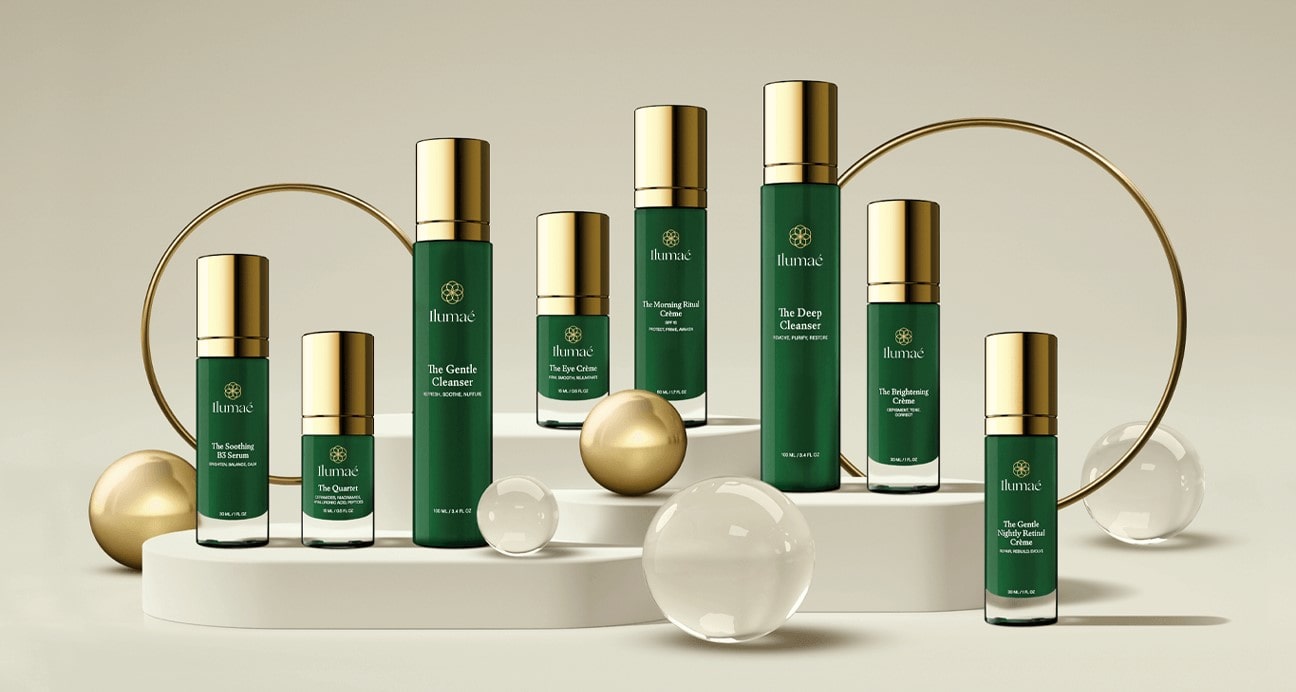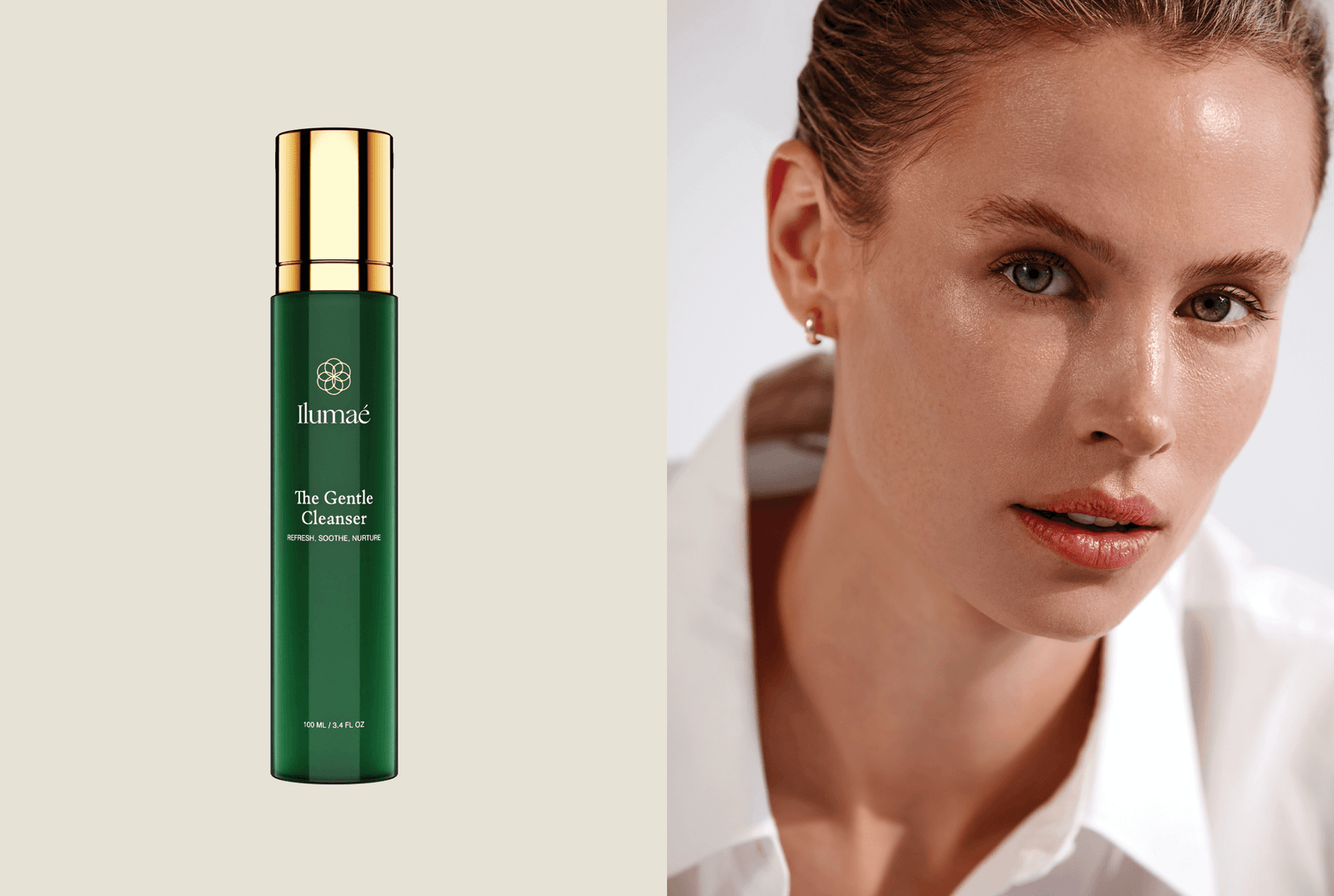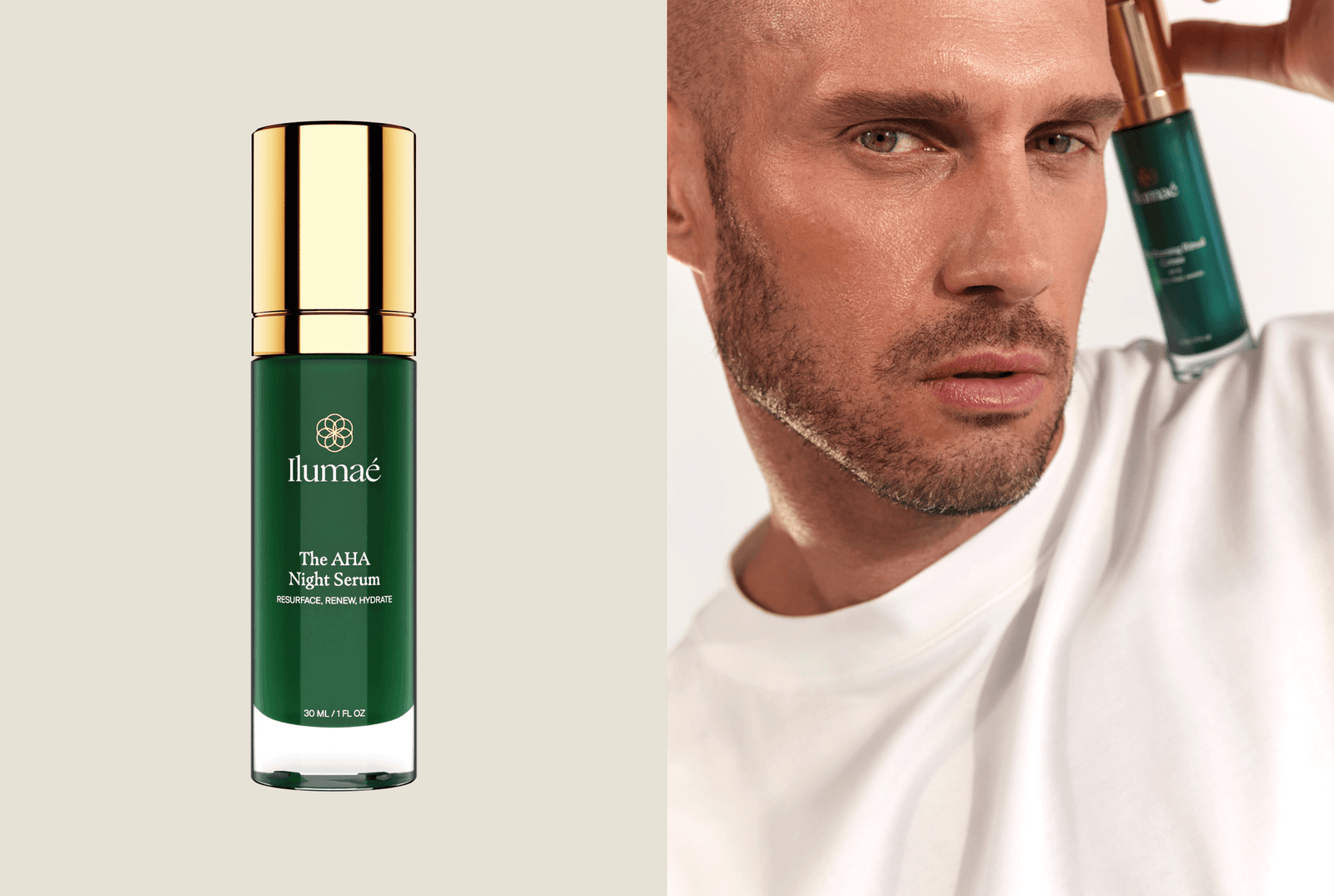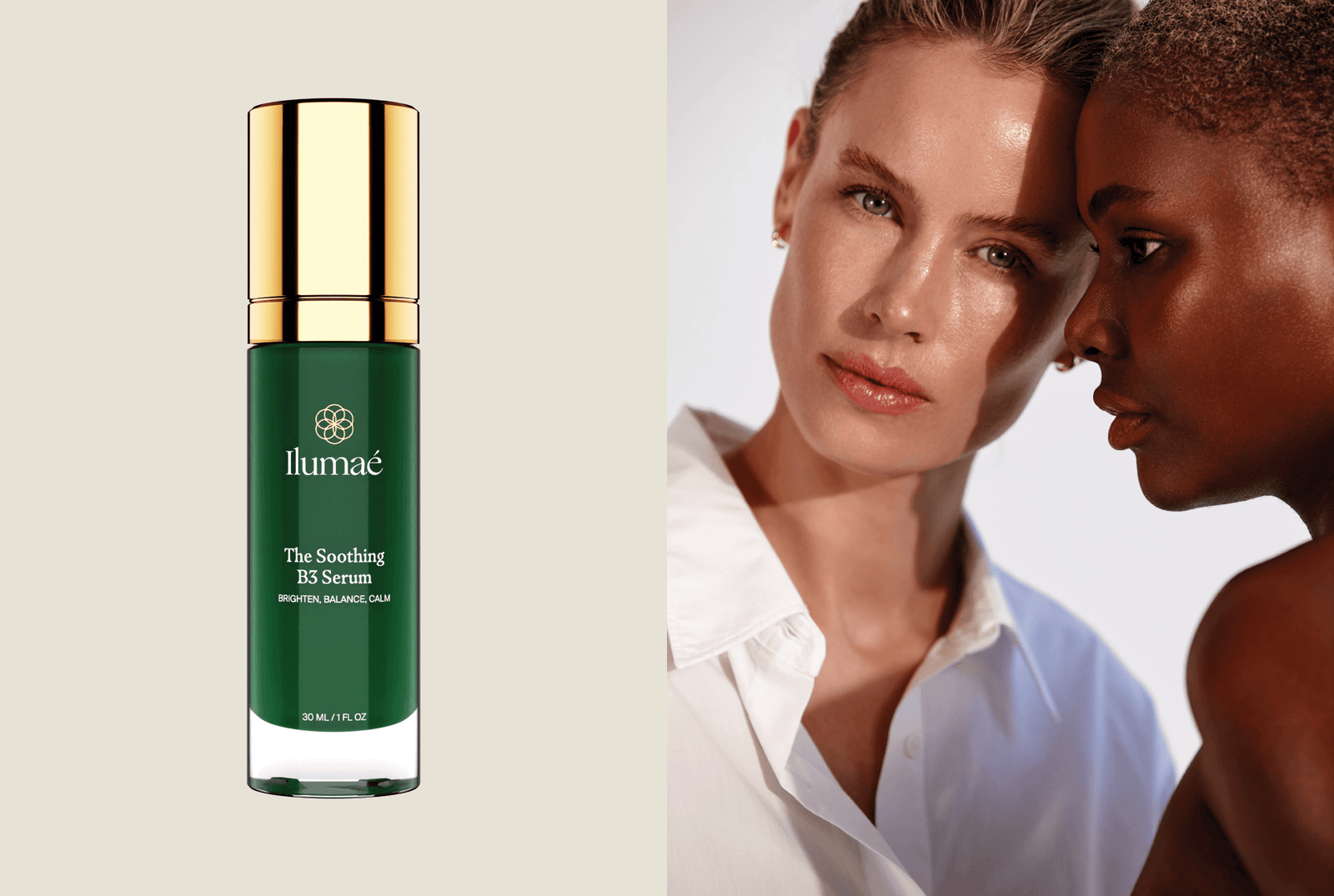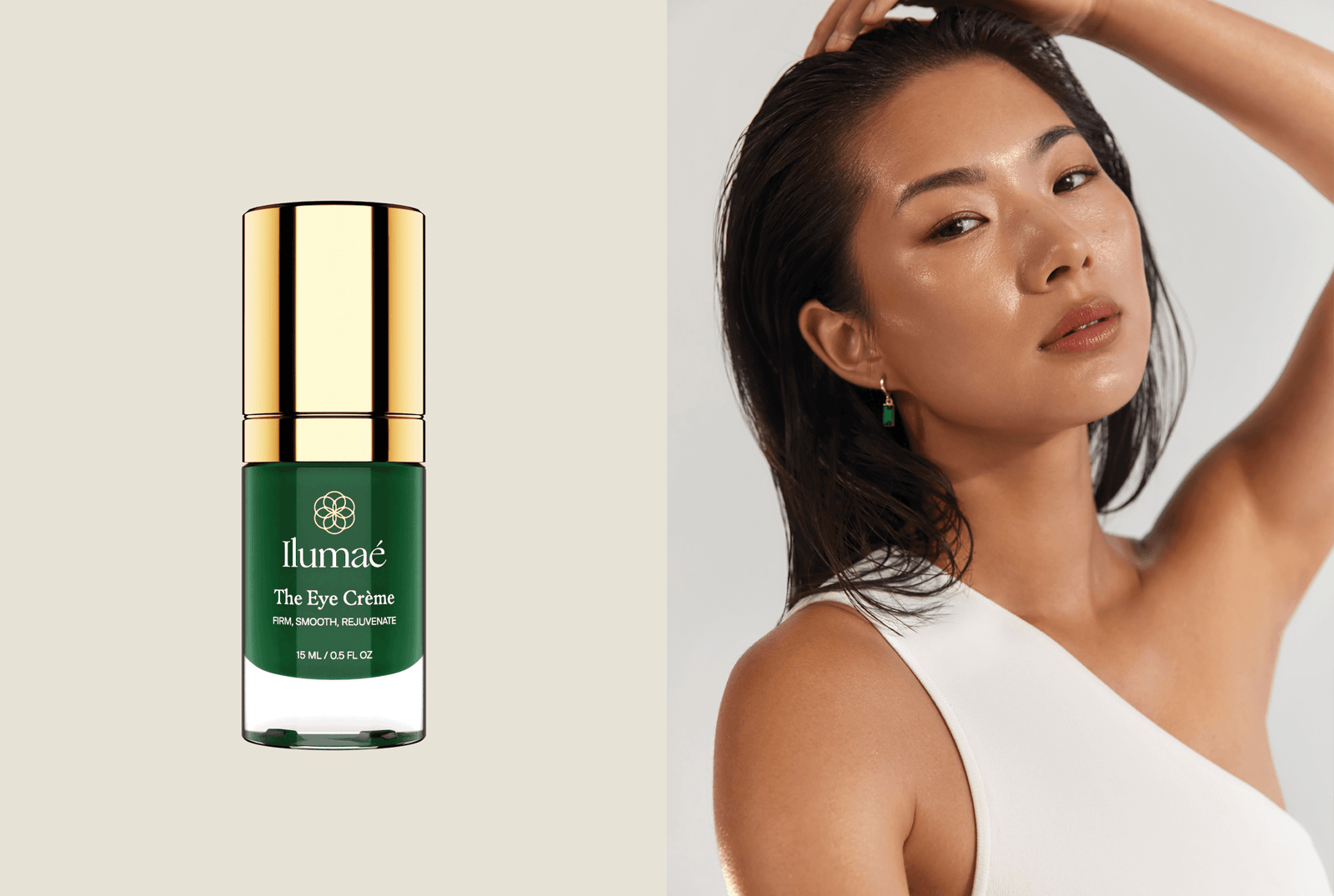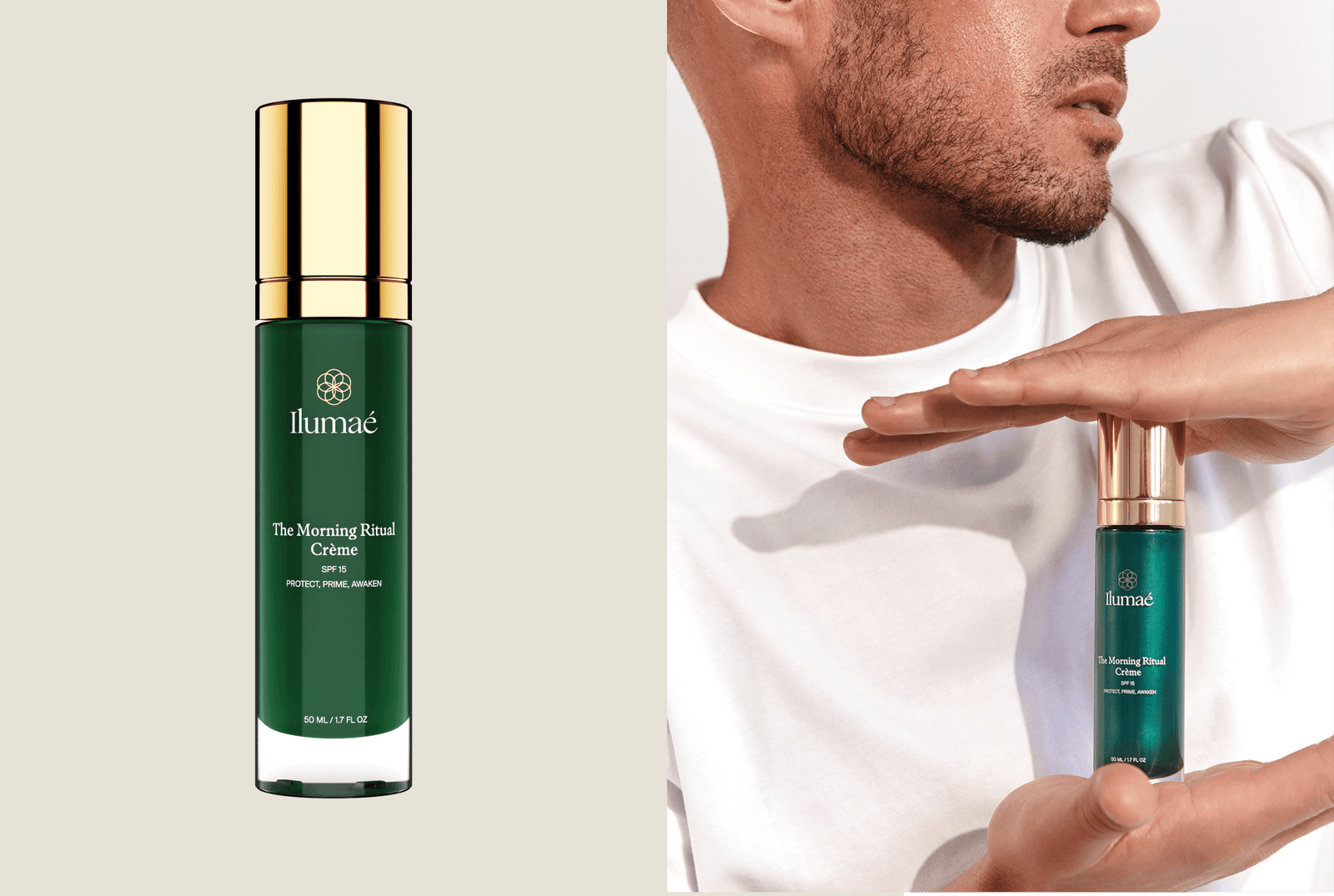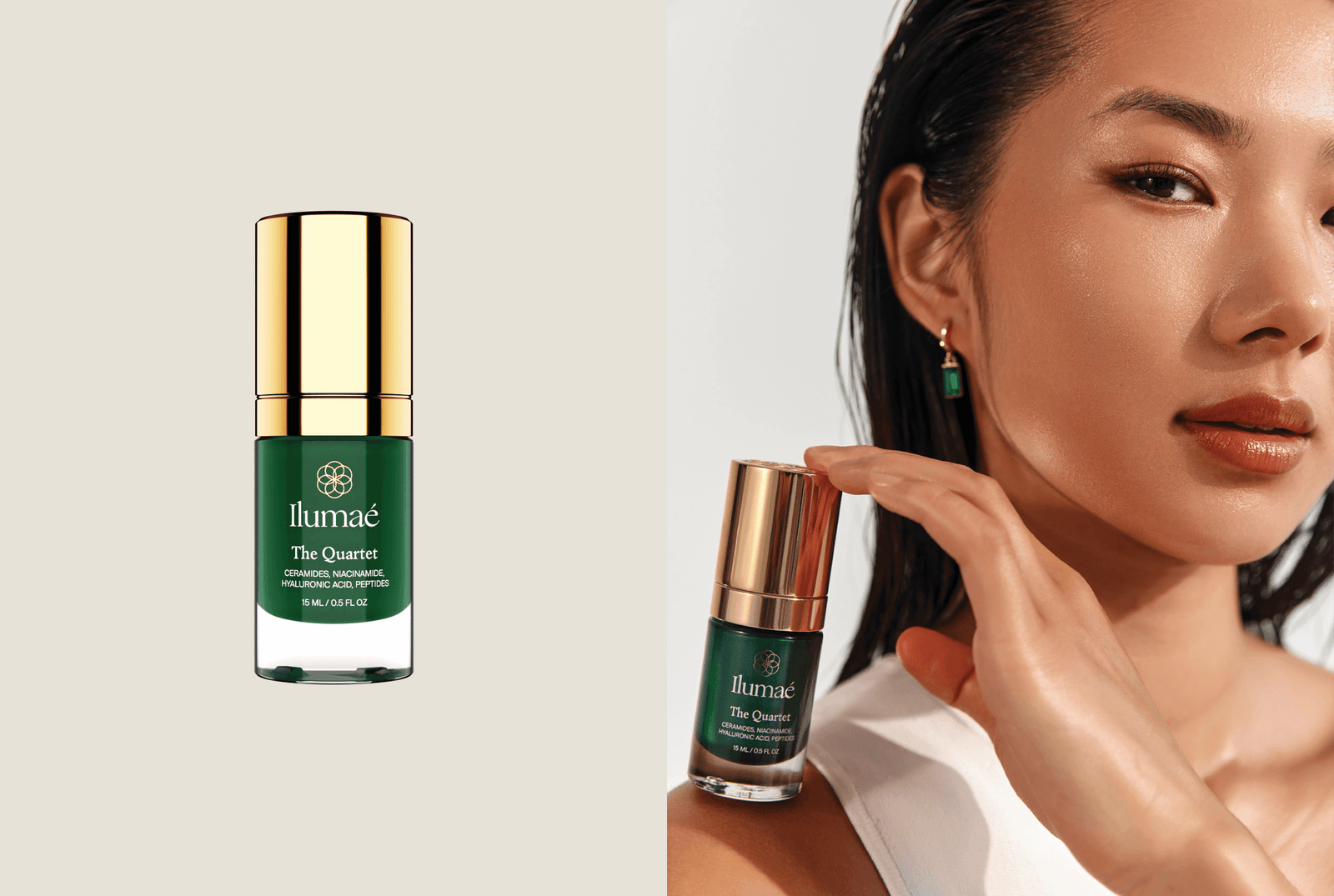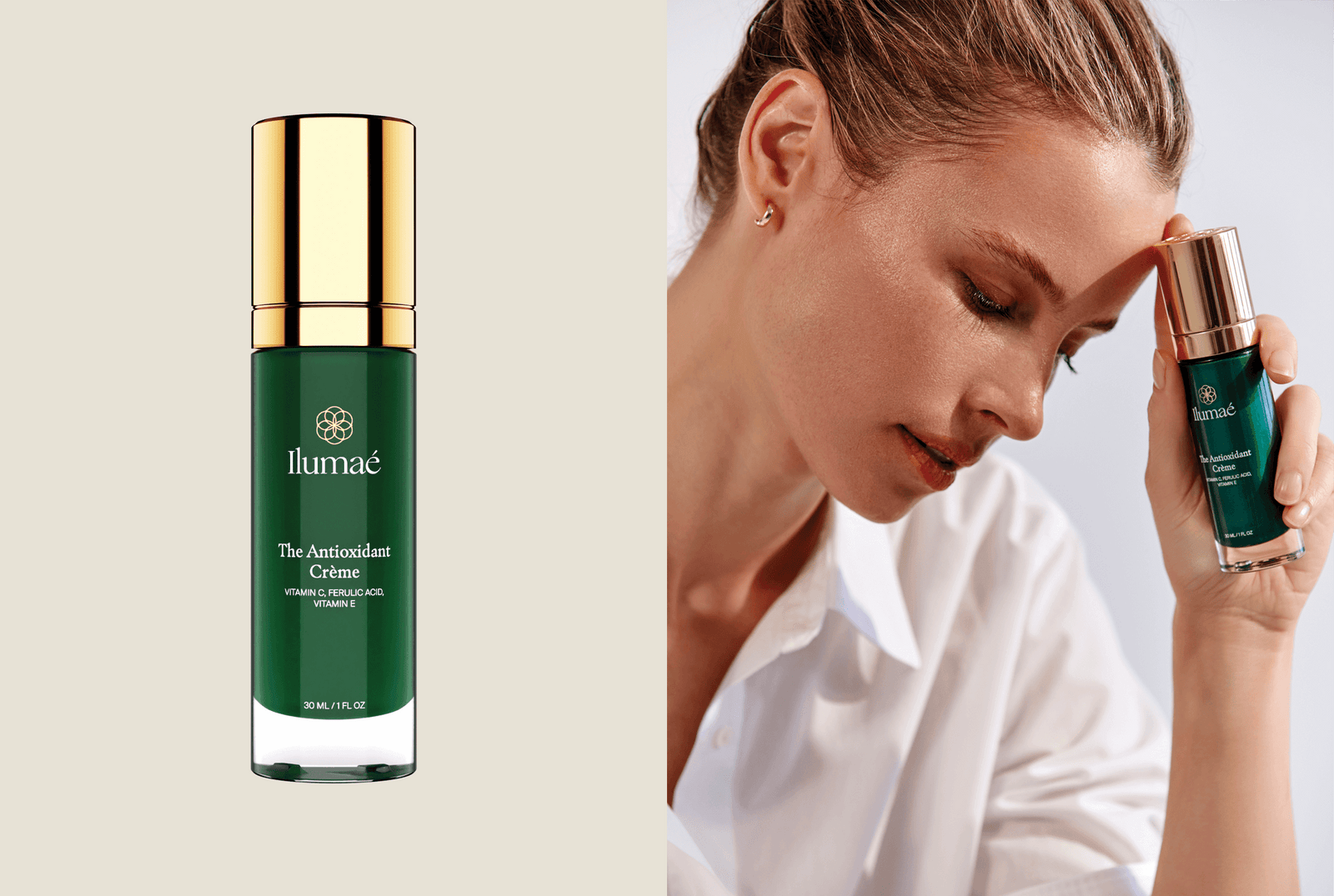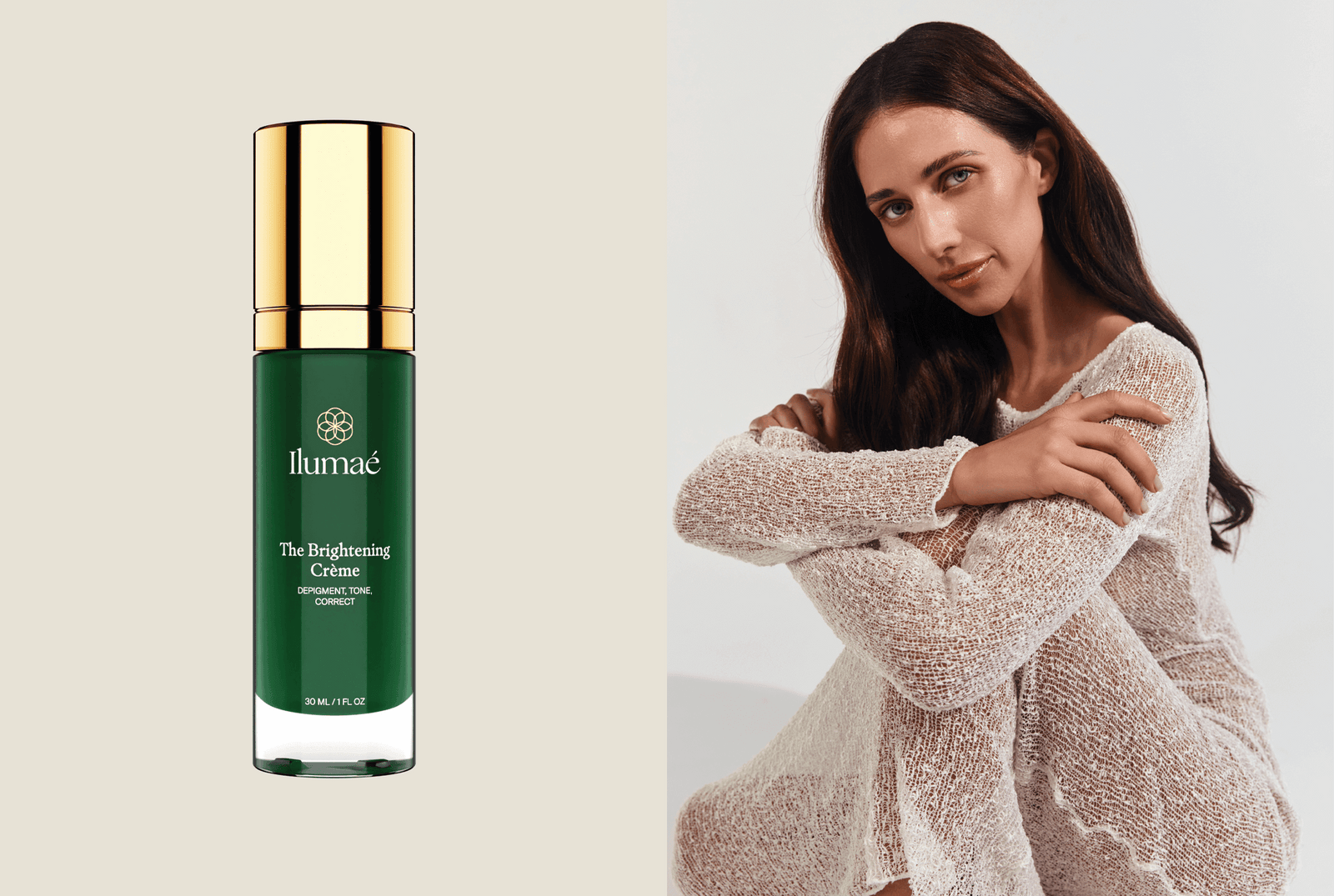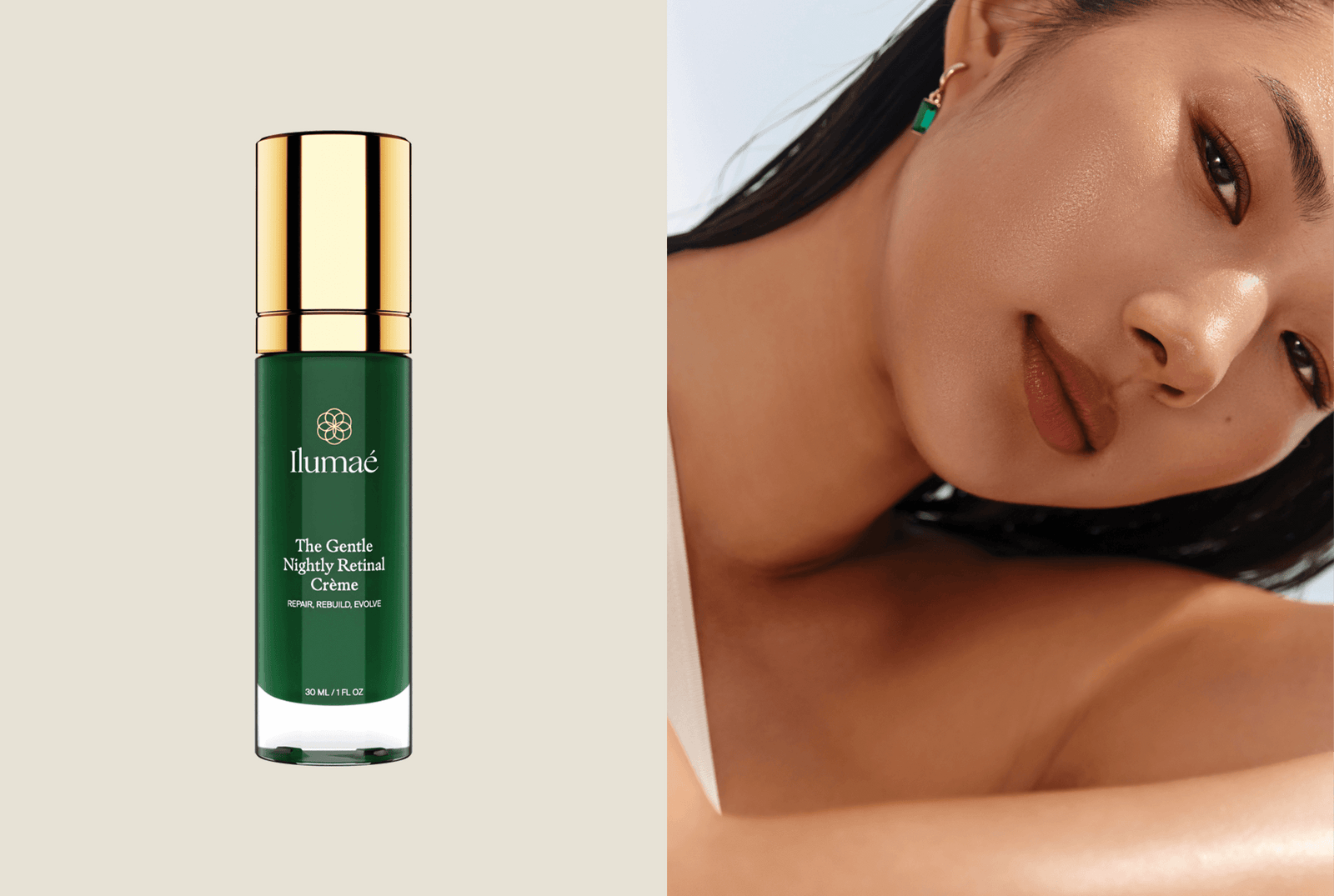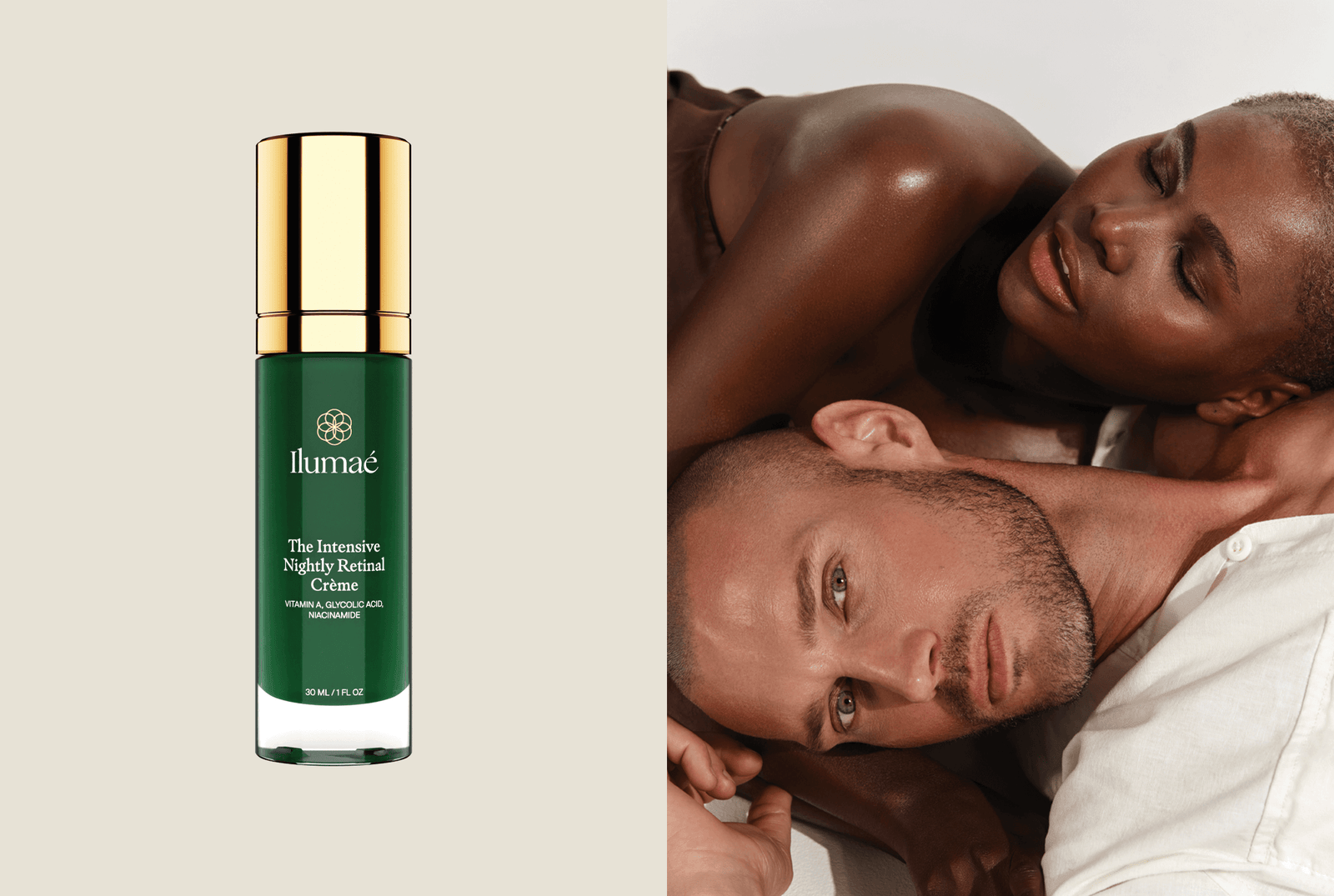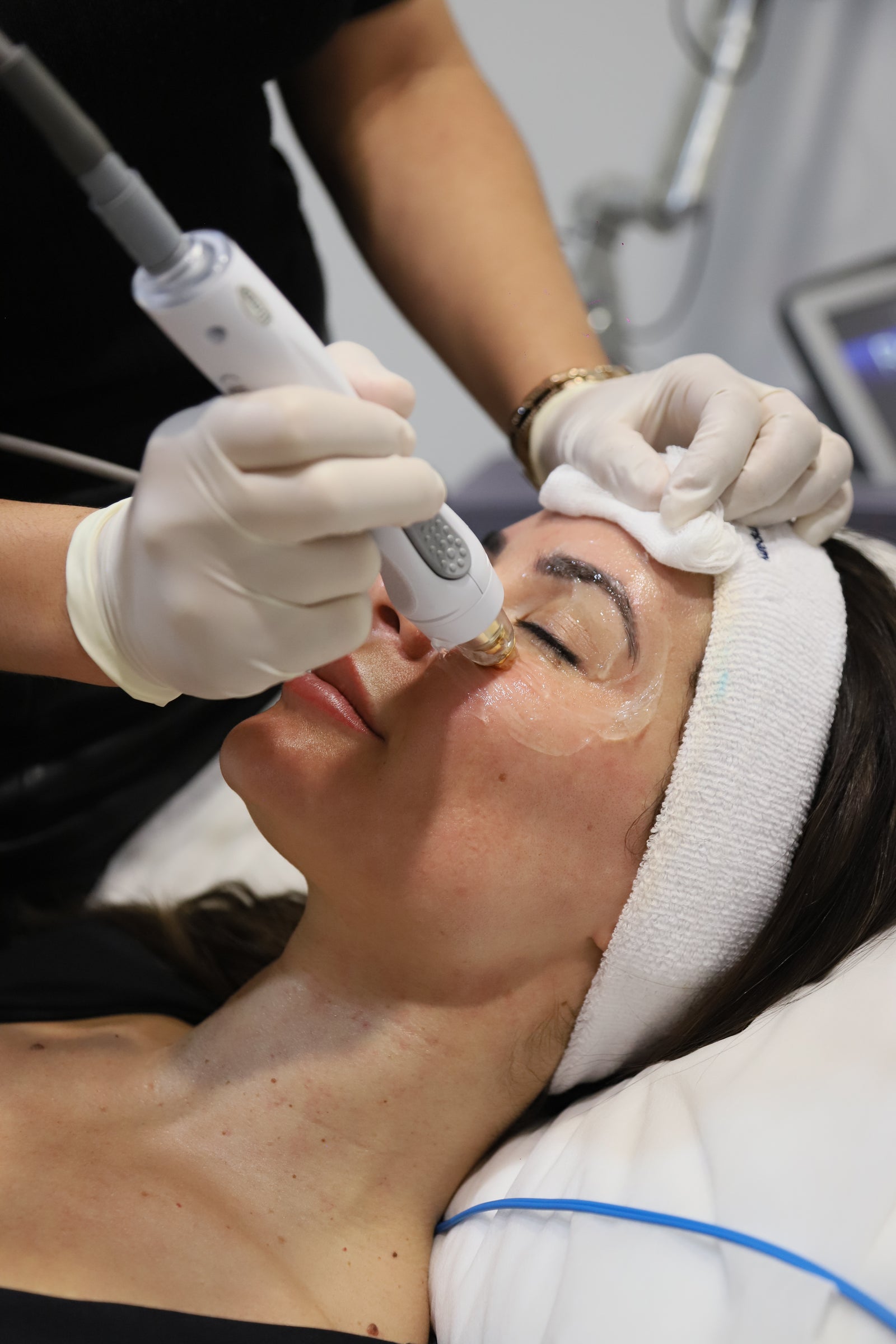Boost recovery. Enhance results. Glow from within.
LED Light Therapy is the perfect addition to any facial or skin treatment.
Harnessing specific light wavelengths, it stimulates skin cells, accelerates healing, reduces inflammation, and enhances radiance.
Whether you’re recovering from needling, targeting acne, or simply want an extra glow, LED makes results stronger and longer-lasting.
At Ilumaé Skin Bar, we use professional-grade Sydney LED light therapy systems proven to support skin recovery and boost visible outcomes - quick, painless, and effective in just 20 minutes.
From $34* per session
*When purchased as a pack of three.
Or $49 for individual sessions.
$29 as an add-on to facials or needling
Science-backed light for cellular renewal.
LED Light Therapy at Sydney's Ilumaé Skin Bar works to:
+ Speed healing and recovery
+ Reduce redness and inflammation
+ Stimulates collagen and repair
+ Enhance glow and radiance
+ Safe, painless, and relaxing
Backed by extensive clinical research, this non-invasive treatment uses targeted wavelengths of light to renew your skin at a cellular level.
A skilled dermal therapist guides your LED session, opening with a complimentary 3D skin analysis to select the precise depth and therapy for your skin's needs.
Restorative and illuminating, LED Light Therapy at Ilumaé Skin Bar is where medical results meet effortless renewal.
Science-backed.
Beautifully experienced.
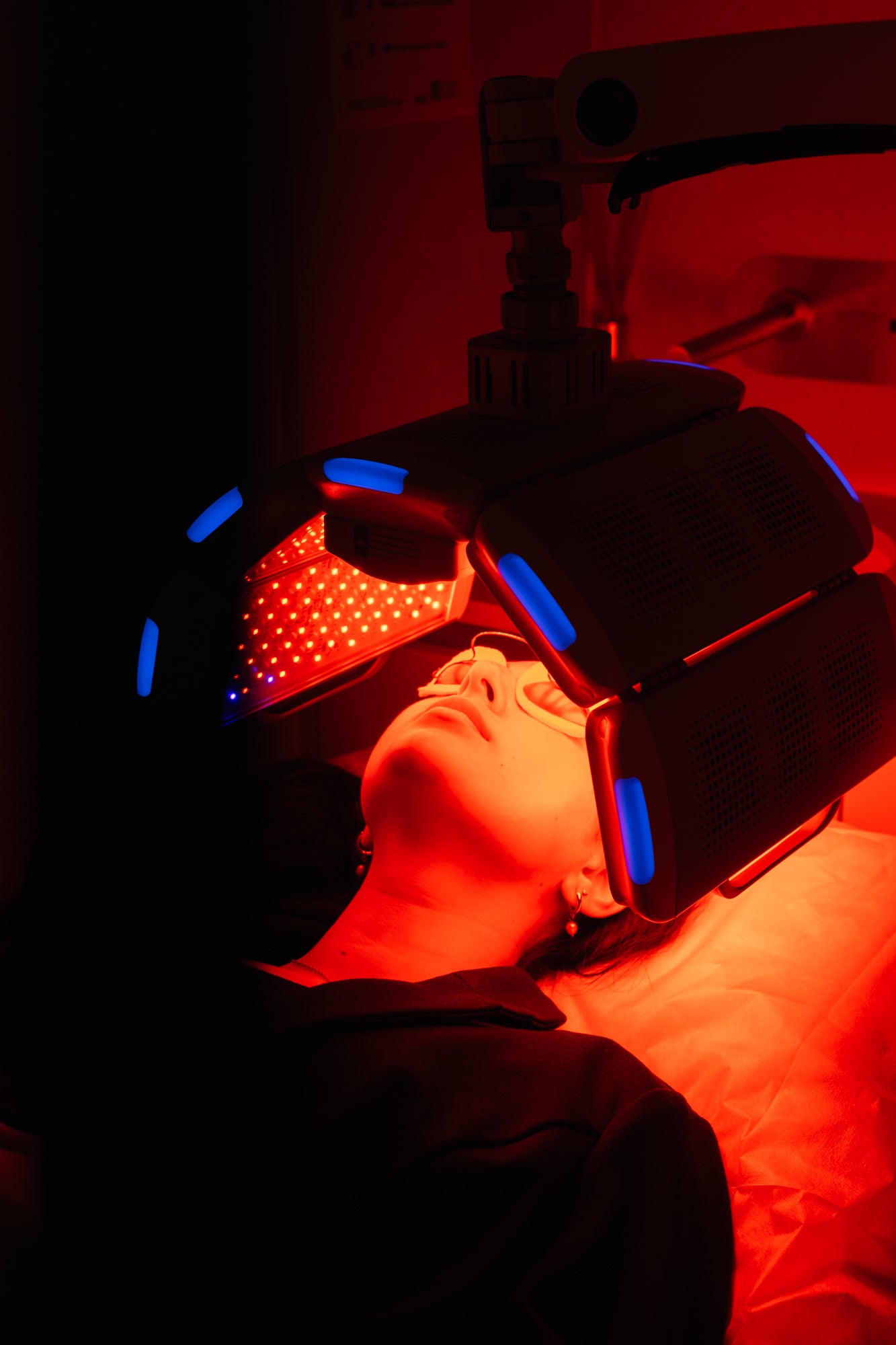

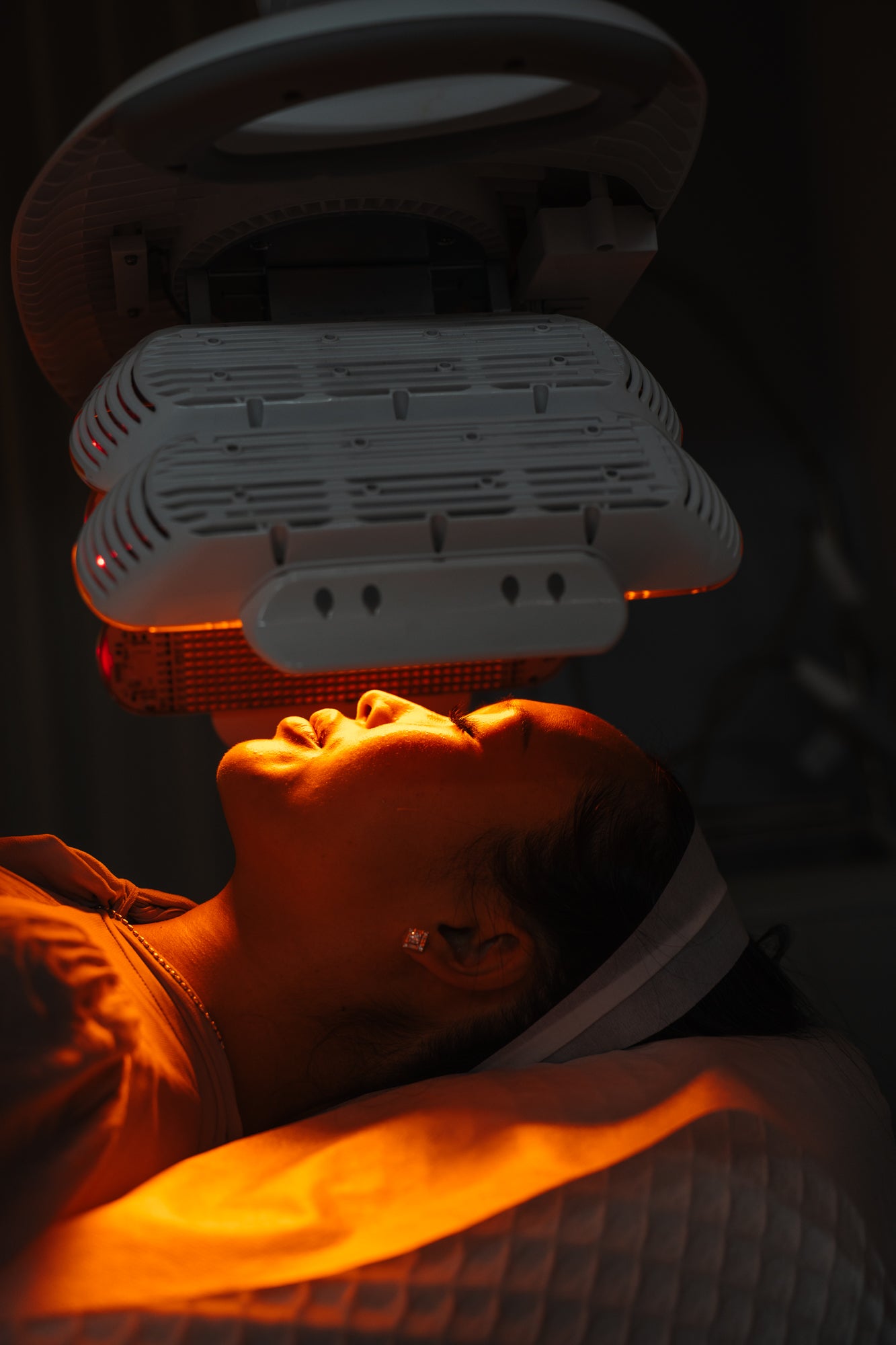
LED Light Therapy FAQ
-
LED therapy uses specific wavelengths to stimulate cellular processes.
Red light (630-700nm) penetrates deeper to stimulate mitochondrial ATP production, enhancing cellular energy and promoting healing.
Blue light (415nm) targets porphyrins produced by acne bacteria, creating reactive oxygen species that destroy bacterial cells.
This photobiomodulation effect is well-documented in scientific literature.
-
Professional LED panels deliver higher irradiance (power density) and more precise wavelengths than consumer devices.
In-clinic systems typically deliver 20–60 J/cm² of light energy, while most home-use devices provide less than 5 J/cm².
This difference means professional treatments can reach therapeutic levels that create measurable biological responses, whereas home devices generally provide only mild, surface-level stimulation.
Treatment duration and intensity in-clinic are carefully calibrated to maximise results while maintaining safety standards.
-
LED therapy accelerates healing and extends treatment benefits when combined with facials or microneedling.
It reduces inflammation, speeds recovery, and enhances product absorption.
The anti-inflammatory effects complement active treatments while the collagen-stimulating properties extend anti-ageing benefits.
-
LED therapy is generally considered safe for most skin types when performed correctly. It is non-thermal, non-invasive, and does not use UV radiation.
However, as with any medical treatment, there are potential risks and it is not suitable for everyone.
Contraindications include pregnancy, the use of certain photosensitising medications, and patients undergoing active cancer treatment.
A professional consultation is recommended to assess individual suitability and ensure the treatment is both safe and effective.
-
LED therapy generally requires no downtime.
Some patients may experience mild redness immediately after treatment, which usually settles within 1–2 hours.
Normal activities, including applying makeup and returning to work, can typically be resumed straight away.
You may also like...
Acne Facial
Target congestion, calm inflammation, and help prevent future breakouts. With deep cleansing, targeted extractions, and a salicylic peel, this treatment delivers fast improvements in clarity.
Skin Needling
One of the most effective ways to refresh and renew your skin, needling triggers natural collagen production and cell renewal. The result is firmer, smoother, more even skin with improved texture and tone.


